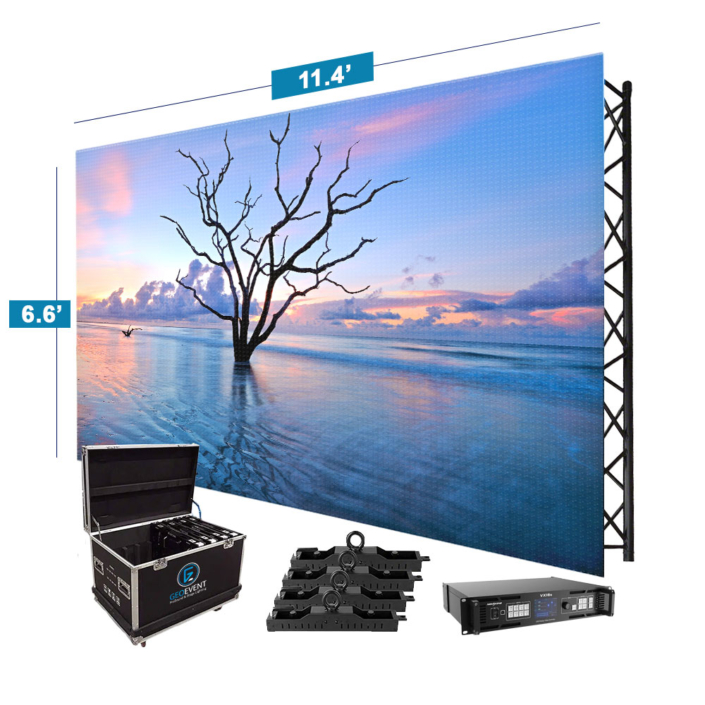Mastering the Art of Hue Calibration for Stunning Imagery on LED Screens
Wiki Article
Color calibration is an crucial process for achieving stunning images on LED walls. LED screens are widely used in various environments, such as musical events, meetings, and promotional presentations. These screens are made up of numerous small light-emitting diodes that create pictures and footage. However, if the hues are not adjusted properly, the images can look dull or warped. Hue tuning guarantees that the hues shown on the light-emitting diode screen are precise and lively, improving the complete watching encounter.
The initial phase in hue tuning is comprehending the hue spectrum. Color spectrum refers to the scope of colors that can be displayed on a screen. Different devices, such as cameras and monitors, may use varied hue spectra. Typical hue spaces include sRGB, Adobe's RGB, and Digital Cinema Initiatives P3. Understanding which color space the LED screen uses is vital for accurate calibration. This knowledge assists in adjusting the hues to match the intended output, ensuring that the images appear as they were intended to be seen.

Subsequently, using a color calibration tool is essential for obtaining accurate results. These tools can be physical instruments or program tools designed to measure and adjust colors. A colorimeter is a popular physical device that assesses check the colors displayed on the light-emitting diode wall. It provides data on how the colors look compared to the standard values. By using this data, adjustments can be made to the LED screen settings, such as luminosity, differentiation, and color balance. This process assists in matching the displayed colors with the desired color standards.
Another crucial factor of color tuning is surrounding light consideration. The lighting in the environment where the LED screen is situated can greatly influence how hues are seen. For instance, intense ambient light can wash out colors, making them appear less vibrant. Therefore, it is essential to evaluate the lighting environment before tuning the light-emitting diode wall. Modifications may need to be made to the screen's brightness and differentiation settings to compensate for the surrounding light. This ensures that the colors remain vivid and true to their intended appearance.
Finally, regular upkeep and recalibration are necessary to keep the LED wall performing at its best. Over time, the colors on the LED wall may drift due to factors like aging parts or variations in the environment. Regularly scheduled tuning help to preserve hue precision and consistency. It is also beneficial to keep a record of calibration settings and results. This record-keeping can help in spotting trends or issues that may occur, allowing for timely adjustments. By prioritizing color calibration, users can guarantee that their light-emitting diode screens deliver stunning images that captivate viewers.